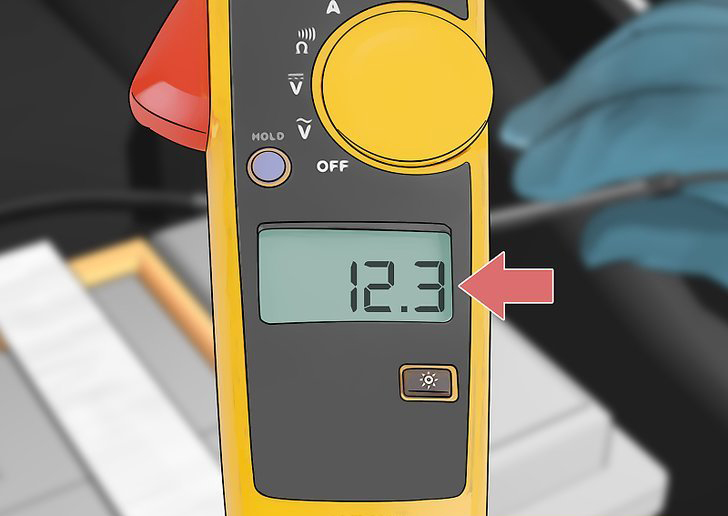Testing the maximum capacity of a lead-acid battery typically involves performing a discharge test. Here’s a basic procedure for testing the maximum capacity of a lead-acid battery:
- Safety Precautions: Before testing the battery, ensure you’re working in a well-ventilated area and wear appropriate safety gear, including gloves and eye protection. Lead-acid batteries contain sulfuric acid, which is corrosive and can cause injury if mishandled.
- Fully Charge the Battery: Begin by fully charging the lead-acid battery using a suitable charger. Make sure the charger is compatible with the battery’s voltage and capacity specifications. Charge the battery until it reaches its maximum voltage and the charger indicates that it’s fully charged.
- Rest Period: Allow the battery to rest for several hours after charging to stabilize. This ensures that the battery reaches its true open-circuit voltage.
- Disconnect Loads: Disconnect any loads or devices connected to the battery to ensure that the discharge test only measures the battery’s capacity.
- Set Up Discharge Equipment: Connect a suitable load to the battery to discharge it at a controlled rate. The load should be capable of discharging the battery while measuring the current and voltage. You can use a resistor bank or a specialized battery load tester for this purpose.
- Discharge the Battery: Begin discharging the battery at a constant rate while monitoring the voltage and current. The discharge rate should be within the battery manufacturer’s recommended specifications. Typically, a C-rate of C/20 (where C is the rated capacity of the battery in Ah) is used for capacity testing.
- Measure Capacity: Continue discharging the battery until its voltage drops to a predetermined cutoff voltage, typically around 1.75 volts per cell for a 12V battery. Record the total discharge time and the total discharged capacity in Ah or Wh.
- Calculate Capacity: Calculate the total discharged capacity using the recorded data. This value represents the maximum capacity of the battery under the specific test conditions.
It’s important to note that performing a discharge test requires careful attention to safety and proper equipment. If you’re not experienced with battery testing procedures, consider consulting a professional or using specialized battery testing services.


